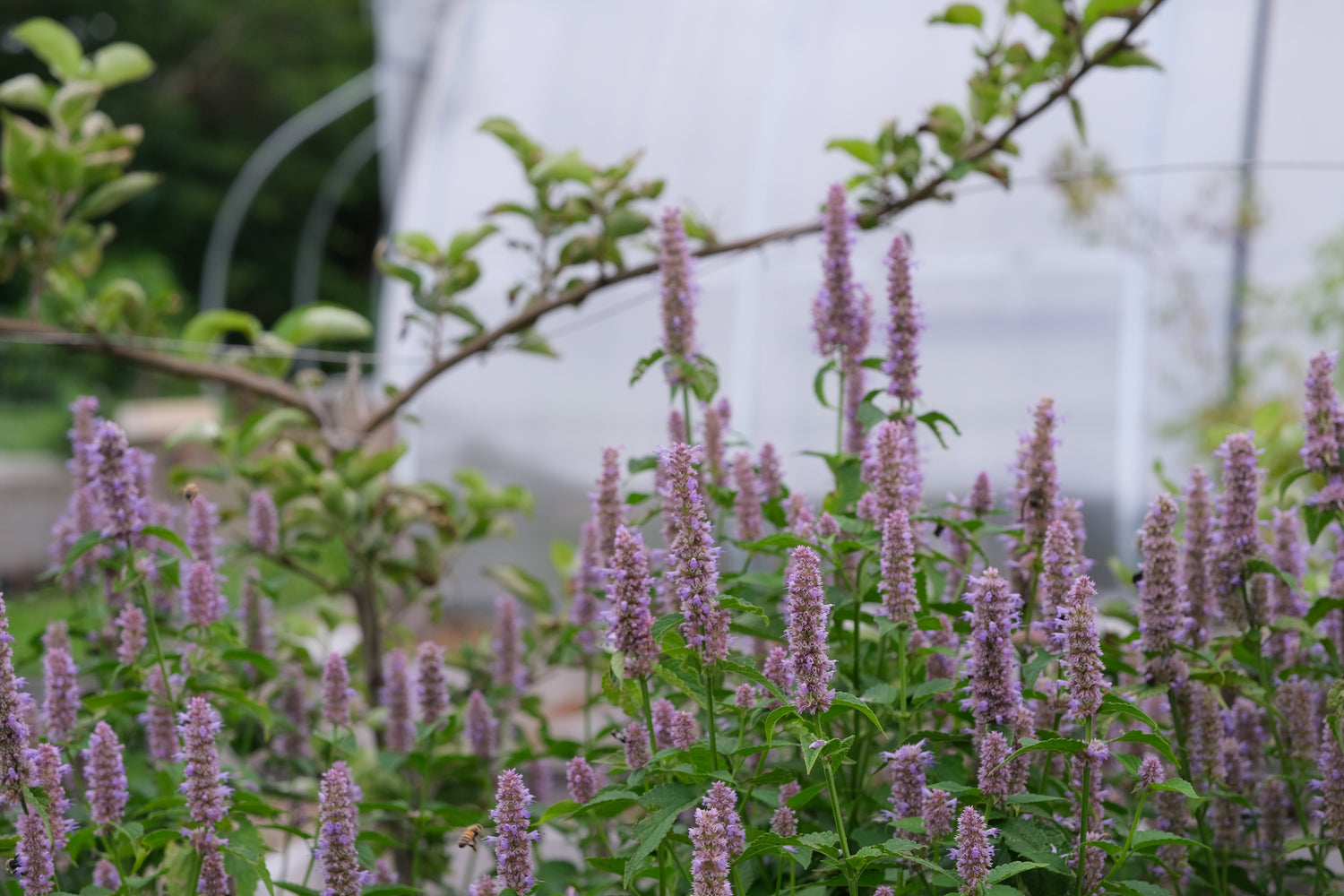Unpack.
We take great care when packing our plants, yet shipping can be hard on them. They are jostled in transit; leaves can be damaged; soil can be spilled. Travel often causes minor cosmetic defects that do not impact the viability of a plant. However, more serious accidents can happen. Notify us immediately if plants were significantly damaged during transit. Please send photos and retain the packing material and plants while we work it out with the carrier.
Steps
- Carefully remove all packing material from around the plants.
- Check the soil. If not adequately moist, water well and allow to drain thoroughly.
- Place leafed-out plants in a bright spot out of direct sunlight for a few days to help them recuperate from shipping. Dormant plants should be planted immediately. Read more about dormant plants below.
Recycle
Please recycle the box and packing material. Black pots are not recyclable but can be reused or donated.
If you will be stopping by the nursery, please consider returning the pots. We offer a 10% discount for every 10 pots returned with our label.
Dormant plants are happy plants.
Plants shipped in early spring will likely arrive in a dormant state.
Our plants overwinter outdoors where they follow the natural rhythms of the season. We never force our plants to break dormancy early. Admittedly, early-leaf-out is customer pleasing, but it is bad practice both for the long-term health of the plant and for the environment. Plants shipped in early spring will very likely not be in full leaf. We grow in a cold area (zone 5), which means that customers in warmer climates will likely receive plants behind their own garden schedule. Not to worry though, healthy plants catch up quickly. Read more about Our Sustainable Practices here.
If you receive dormant plants: please plant right away!
Do not wait until after the last frost date. These plants may take a little longer to wake in spring, but they have robust root systems and will grow quickly once ground temperatures warm. Please plant in your garden right away and allow Mother Nature to wake these plants naturally.
A few things to keep in mind when planting dormant plants
- Please make sure not to damage emerging shoots.
- Please avoid overwatering. Dormant plants are not yet ready to drink up copious amounts of water and can easily rot if given too much. Hold off on heavy watering until you see lush growth.
Plants want to grow. There are just three things to keep in mind to help them grow their best.
Right plant, right place
You must plant a plant where it wants to live. Know your garden conditions and pay attention to the sun and soil requirements of each plant.
Good soil makes happy plants
We suggest skipping the fertilizers and the sprinkler system and focusing on improving your soil structure. Let nature do the work: lay down cardboard to attract worms; mulch early in the season after a good rain and, most importantly plant plants where they want to grow.
Water, water, water
We do not irrigate our gardens, but we do water three times when planting new plants:
Thoroughly soak the root ball of each plant BEFORE planting. We use kiddie pools to let pots thoroughly soak before planting.
Fill the hole with water BEFORE planting. This helps keep the roots cool and provides plants with an extra water reserve after planting. Let it drain. This is a good opportunity to make sure your ground is draining properly. If not, plants could rot.
Water thoroughly again once planted then top with good garden compost or mulch.
Planting is easy. Just follow a few basic steps.
- Dig a hole two times the width of the container. Planting depth varies by plant, but most plants want to be planted flush with the soil surface. Please contact us if you have questions about your specific plant.
- Fill the hole with water then let it drain fully. It is best to correct drainage issues at this time if needed.
- Remove the plant from the container and place it in the hole, making sure it is level. Then backfill the hole.
- Gently firm down the soil and water well to ensure that the soil makes contact with the roots.
- Top with good garden compost or mulch to reduce water loss and feed the soil.
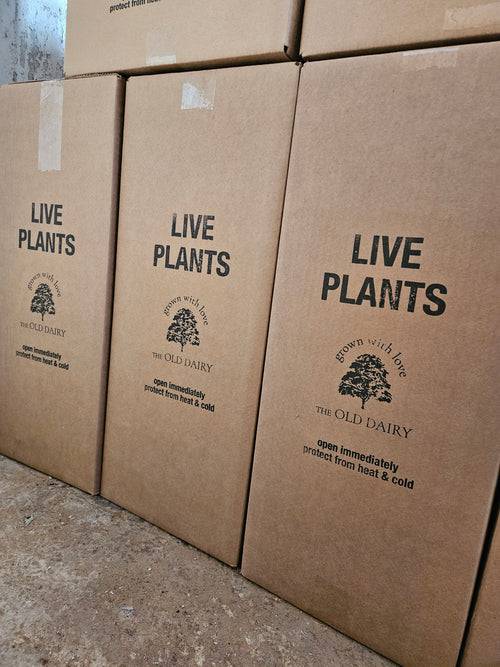
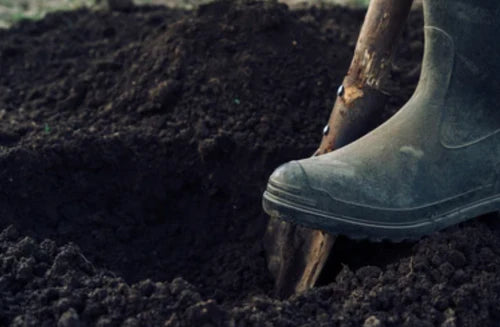
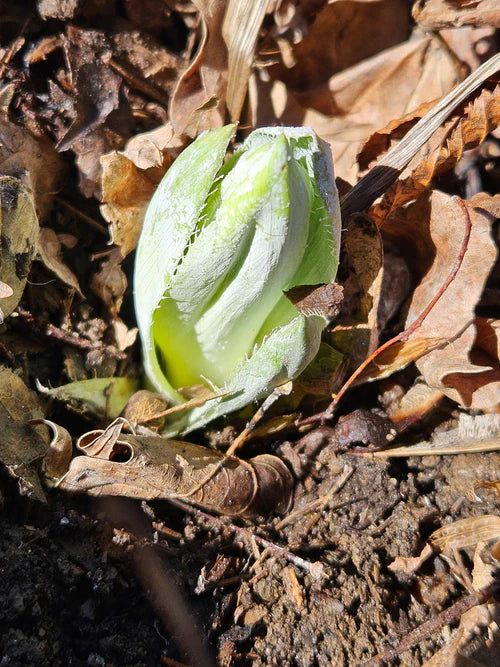
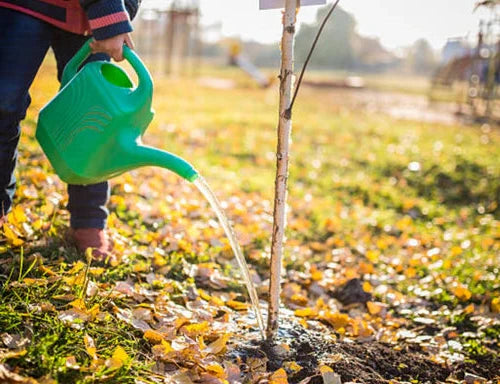
Questions?
Please reach out! We are here to walk you through every step of the way.
info@olddairynursery.com
845.859.0848
Please consider leaving a review on Google or Dave's Garden to let others know how we did.


